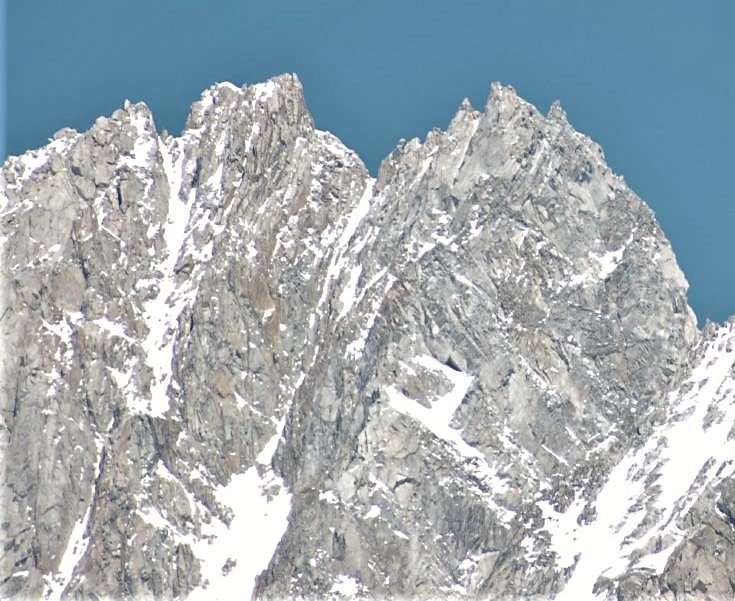|
Radiant Glacier
Radiant Glacier is part of the Waddington Range in the southern British Columbia Coast Mountains (51°26'00''N, 125°13'00''W). It flows to the northeast from Mount Tiedemann Mount Tiedemann 3838m (12592 feet), prominence 848m, is one of the principal summits of the Pacific Ranges subdivision of the Coast Mountains of British Columbia. It is located northeast of Mount Waddington in the Waddington Range massif between ... for approximately before joining the larger Scimitar Glacier. References Glaciers of the Pacific Ranges {{canada-glacier-stub ... [...More Info...] [...Related Items...] OR: [Wikipedia] [Google] [Baidu] |
Waddington Range
The Waddington Range is a subrange of the Pacific Ranges of the Coast Mountains in southwestern British Columbia, Canada. It is only about 4,000 km2 (1,545 sq mi) in area, relatively small in area within the expanse of the range, but it is the highest area of the Pacific Ranges and of the Coast Mountains, being crowned by its namesake Mount Waddington 4,019 m (13,186 ft). The Waddington Range is also extremely rugged and more a complex of peaks than a single icefield, in contrast to the other huge icefield-massifs of the southern Coast Mountains, which are not so peak-studded and tend to have more contiguous icemasses. History The difficulty of access to the core of the massif delayed actual sighting, measurement and climbing of Mount Waddington until 1936; it had only been espied from Vancouver Island by climbers in the 1930s and was at first referred to as Mystery Mountain - because its existence until then had been unknown. Apparently even in First Nations l ... [...More Info...] [...Related Items...] OR: [Wikipedia] [Google] [Baidu] |
British Columbia
British Columbia (commonly abbreviated as BC) is the westernmost province of Canada, situated between the Pacific Ocean and the Rocky Mountains. It has a diverse geography, with rugged landscapes that include rocky coastlines, sandy beaches, forests, lakes, mountains, inland deserts and grassy plains, and borders the province of Alberta to the east and the Yukon and Northwest Territories to the north. With an estimated population of 5.3million as of 2022, it is Canada's third-most populous province. The capital of British Columbia is Victoria and its largest city is Vancouver. Vancouver is the third-largest metropolitan area in Canada; the 2021 census recorded 2.6million people in Metro Vancouver. The first known human inhabitants of the area settled in British Columbia at least 10,000 years ago. Such groups include the Coast Salish, Tsilhqotʼin, and Haida peoples, among many others. One of the earliest British settlements in the area was Fort Victoria, established ... [...More Info...] [...Related Items...] OR: [Wikipedia] [Google] [Baidu] |
Mount Tiedemann
Mount Tiedemann 3838m (12592 feet), prominence 848m, is one of the principal summits of the Pacific Ranges subdivision of the Coast Mountains of British Columbia. It is located northeast of Mount Waddington in the Waddington Range massif between the Homathko River, Homathko and Klinaklini Rivers. Name origin Mount Tiedemann is named for Herman Otto Tiedemann, who worked for the colonial government under Surveyor-General Joseph Despard Pemberton, Joseph Pemberton, designing and supervising construction of Victoria, British Columbia's "Birdcages", the original legislature buildings there, the former courthouse (now the Maritime Museum), the Fisgard Lighthouse and other buildings and churches, all while conducting surveys of the British Columbia and Alaska coast. He was responsible for first bringing water from Elk Lake (British Columbia), Elk Lake to the city as a water supply. In 1862, he had accompanied Alfred Waddington on preliminary surveys for the proposed wagon road to the ... [...More Info...] [...Related Items...] OR: [Wikipedia] [Google] [Baidu] |

